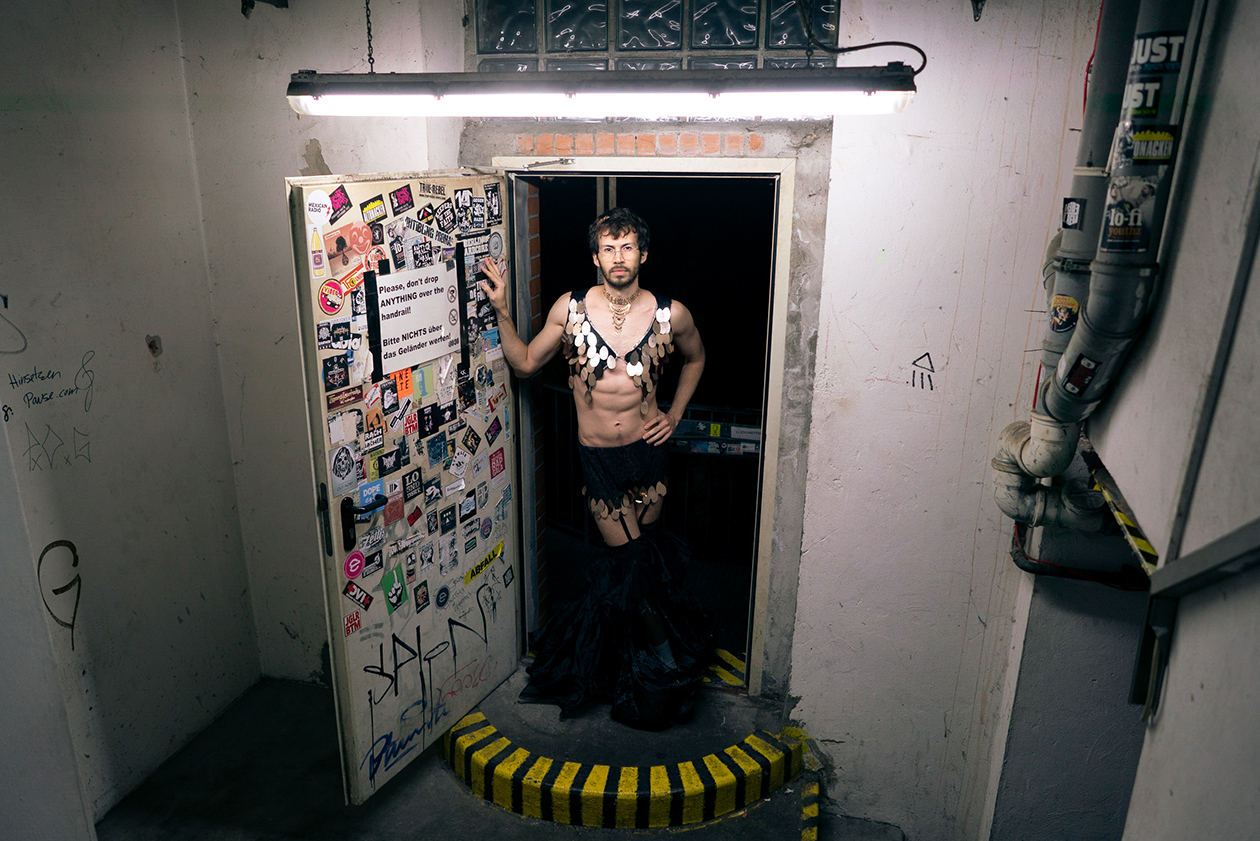#photography2050:
Samet Durgun
14. Oktober 2021

FOTO: SAMET DURGUN, SELF-PORTRAIT IN PRINCE EMRAH'S COSTUME, 2019 © SAMET DURGUN
14. Oktober 2021
»What if we are entering an era, where we have time to look beyond what's in front of us?
In my prediction about the future of photography as a medium, I won't be talking about algorithms, augmented and virtual realities, NFTs, or emerging social media platforms. Instead, I want to – very – briefly share with you some principles that I observed, which are informing today's photography and shaping its future.
The first (and probably the most obvious) principle of all is visual fidelity. In other words, an image needs to look exceptionally well – even the blurry one. With billions of cameras and trillions of photos, the expectation for reaching good visual quality became a given. The second principle is tension. An image needs to be »charged«. Whether there is a person with an unforgettable facial expression, a landscape with enchanting colors, an incredibly well-thought crafty installation, or a collage with unexpected materials, something on the surface of the image should be driving and holding our attention. The third principle from my list is metaphor and depth. An image should speak a language or follow a codex that the viewer understands, yet it shouldn't give away all its secrets at the first glimpse. If the work is a series of images, the artist makes sure to have a million-dollar shot, and the other pictures layer meaning on top.


These three principles cover 98% of the photographic artwork out there today. What else can help us to »complete the picture«?
Those who want to make an impact arrive at a fourth principle, asking: Who is behind the images? Following this question brings up even more questions: Are there enough voices represented? Is there a connection between the artist's identity to the subject - such as gender or ethnicity? Which country is the artist born and based in? How about the artist’s socioeconomic status?
Complementing the fourth principle leads me to a fifth and last one. The one I am after with my monograph Come Get Your Honey. This principle is sometimes present but almost always hidden. It is a question that makes the difference for me: W-h-y?
What is the photographer's conscious intention while having the resources, opportunities, and curiosity to tell a story? One might think that the question »who« automatically answers »why«, but this is seldom the case. The »why« searches the answers for »Whose gaze does the image want to serve?« and »Is this work expanding the interpretations of a particular subject?« among others. If we take those last two principles, the who and the why, into account, photography will reach a new level of quality.
So, don't look further. The future of photography is behind the camera.«
__________
Samet Durgun (*1988) lebt in Berlin. Er ist Deutscher mit türkischem Migrationshintergrund und abchasischen Wurzeln. Er hat einen BA der Bogazici Universität, Türkei. Als Immigrant der ersten Generation und autodidaktischer Künstler war er Gaststudent an der Universität der Künste Berlin (UdK) und nahm an deren Programm Common Ground für Geflüchtete und Immigrant*innen teil. Seine Arbeiten wurden vielfach ausgestellt, darunter im Berliner Museum für Fotografie. Seine Monographie Come Get Your Honey ist im Kehrer Verlag erschienen.